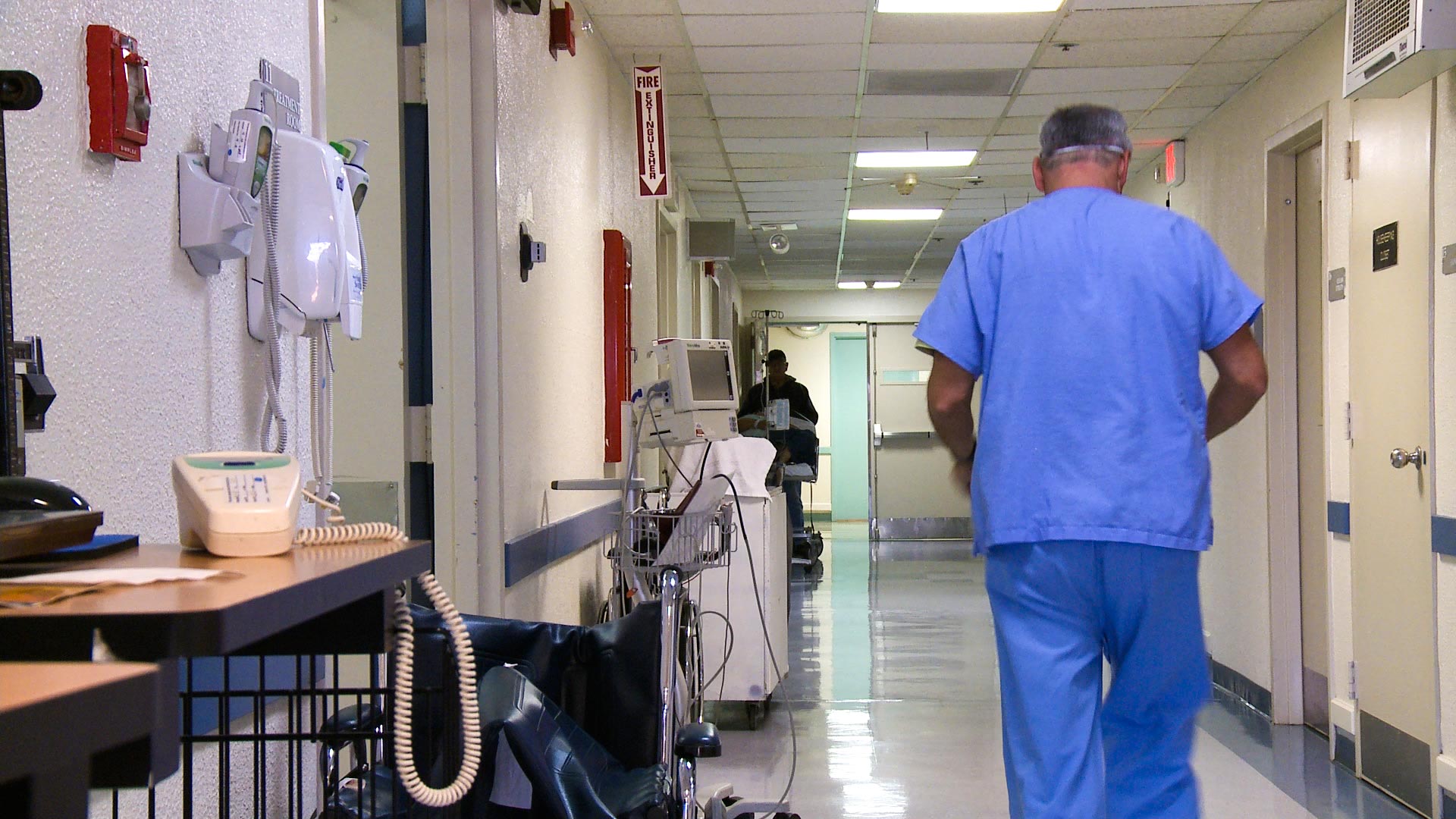 File photo of a hospital hallway.
File photo of a hospital hallway.
Rural healthcare has long been an issue as access to providers continues to fall short. The University of Arizona Health Sciences program is now expanding their Arizona Area Health Education Centers (AHEC) to better address these underserved communities.
Starting July 1, the Center for Excellence in Rural Education (CERE) will officially join Arizona AHEC, making it one of six health education centers in the state. AHEC is a federally funded program meant to improve the supply, distribution, retention and quality of healthcare professionals in medically underserved areas.
Jennifer Smith, the executive director of CERE, says the goal is to bridge the healthcare gap by putting students on the ground in rural clinics, hospitals and primary care facilities in hopes that they will want to stay.
“If they're like us, they're going to fall in love with the community and they're going to ultimately want to practice in a rural community,” she said.
Unlike urban healthcare where specialty care can be outsourced to other clinics, many rural practices tend to be the only place where community members can receive care for hundreds of miles.
“You can liken this to sort of the country doc who handles all the cases,” Smith said. “They do everything from delivering babies to taking care of a concerning mole on your arm. That is what happens in rural communities.”
Smith can account for at least one area where residents have to drive one hour on a dirt road until a highway is reached, meaning the trek for quality care is far and wide. The risk is great when access is limited.
“At a minimum, it will continue their decreased quality of life because they're ill. At its worst case scenario, people can actually die because they're not getting care for chronic conditions.”
As of last year, 82 of Arizona’s 126 primary care areas were considered to be medically underserved, according to data from the Arizona Department of Health Services. This new center will address healthcare needs in Greenlee, Gila and Graham counties, which are also home to two of the highest need areas in the state– the White Mountain Apache Tribe and the San Carlos Apache Tribe.

By submitting your comments, you hereby give AZPM the right to post your comments and potentially use them in any other form of media operated by this institution.